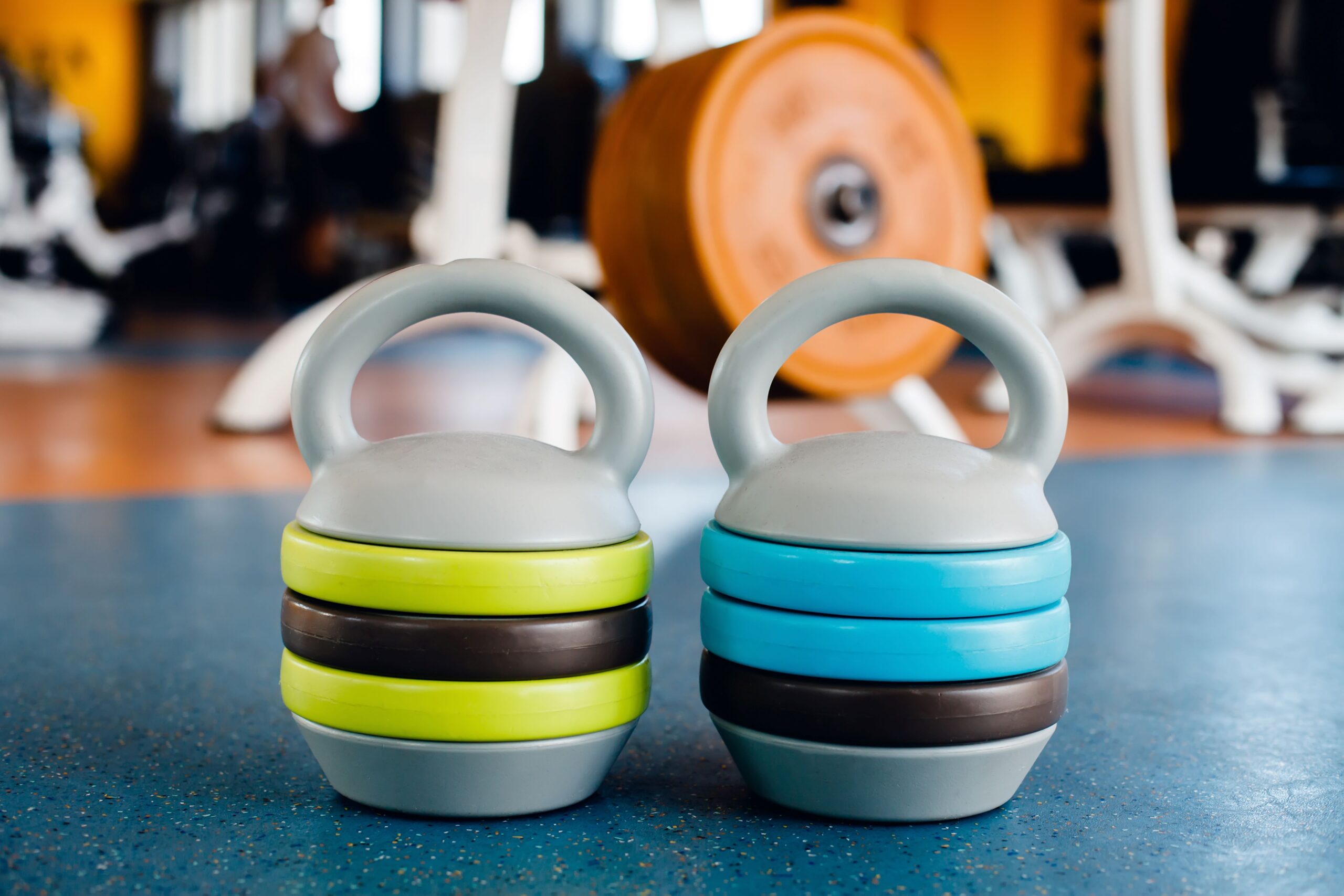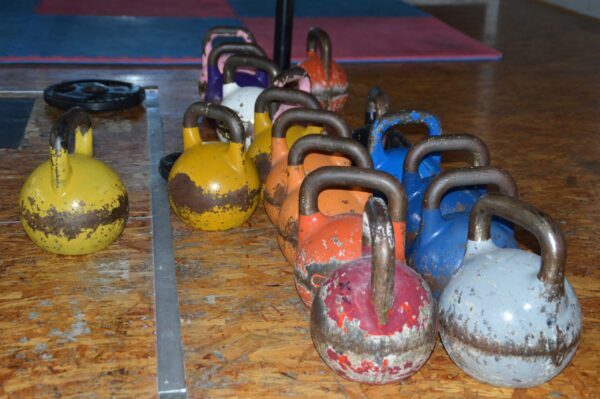There’s something oddly satisfying about the Turkish Get-Up (TGU). At first glance, it looks unusual — a slow, deliberate movement involving getting up from the ground while holding a weight overhead. But behind its awkward appearance lies one of the most useful and complete exercises you can do.
Whether you’re into kettlebells, barbell lifting, combat sports, or just want to move better and feel stronger in everyday life, the Turkish Get-Up has something to offer. It blends strength, control, mobility, and awareness into one smooth movement — and it’s a serious test of how your body works as a unit. Let’s break down what makes it so valuable.
1. It Builds Real-World Strength
The Turkish Get-Up isn’t just about lifting a weight — it’s about controlling it through multiple planes of motion. You’re not pushing or pulling in a straight line like you would with a bench press or deadlift. Instead, you’re guiding a load through a complex transition from the floor to standing and back down again.
That kind of strength transfers. Whether you’re picking up a sleeping child, helping someone off the ground, or bracing yourself during a fall, the functional strength from TGUs carries over into real life. You’re building stability, control, and confidence — not just raw power.
2. It’s a Mobility Drill in Disguise
Most people think strength and mobility are separate goals. The Get-Up proves otherwise. To perform it well, your shoulders need to stay stable while extended, your hips must open and shift freely, and your thoracic spine has to rotate without restriction.
Every phase of the movement demands mobility from a different area. The result? A full-body mobility session that doesn’t feel like stretching. And because you’re moving under load, the benefits stick. You’re training mobility that holds up under pressure — not just when you’re relaxed on a yoga mat.
3. Shoulder Health? The TGU Has Your Back
The shoulder is one of the most mobile — and vulnerable — joints in the body. The Turkish Get-Up challenges shoulder stability in a way few other movements can. Holding a kettlebell overhead through multiple transitions requires micro-adjustments, scapular control, and muscular balance.
Done correctly, the TGU strengthens the rotator cuff, improves overhead positioning, and teaches you how to keep tension in all the right places. If you’re someone who struggles with shoulder pain or overhead confidence, the Get-Up can become a foundational rehab and prehab tool.
4. It Improves Body Awareness and Control
BJJ athletes, gymnasts, climbers — they all rely on one underrated trait: body awareness. The Turkish Get-Up trains this in a subtle but powerful way. You’re constantly adjusting your balance, shifting your center of gravity, and moving around a fixed object (the weight) without letting it wobble.
Unlike machines or even barbells, the TGU doesn’t let you “zone out.” You have to be mentally present — every rep demands focus. That attention builds coordination and control that translates to all kinds of movement, both athletic and everyday.
Getting Started: The Smart Way
Don’t be fooled by how simple it looks. The Turkish Get-Up can be humbling at first. That’s why we recommend starting with bodyweight only. Break it into segments, master each phase, then gradually add load — a light kettlebell or dumbbell is more than enough to begin.
Key tips:
- Keep your eyes on the weight throughout.
- Take your time; speed kills form.
- Use your free hand for stability, especially during the transitions.
- Prioritize quality over reps — one clean TGU is worth more than five sloppy ones.
A coach or training partner can offer feedback, but you’ll also learn a lot just by filming yourself. You’ll catch things you didn’t notice mid-movement.
More Than a Trend — A Training Staple
While flashy workouts come and go, the Turkish Get-Up has stood the test of time. It’s been around for centuries for a reason — it works. Whether you’re a beginner wanting better control, an athlete chasing performance, or someone simply aiming to feel good and move well, the Get-Up delivers.
It doesn’t require a fancy setup or a gym full of machines. Just you, a kettlebell (or even a shoe when starting out), and a bit of floor space.
